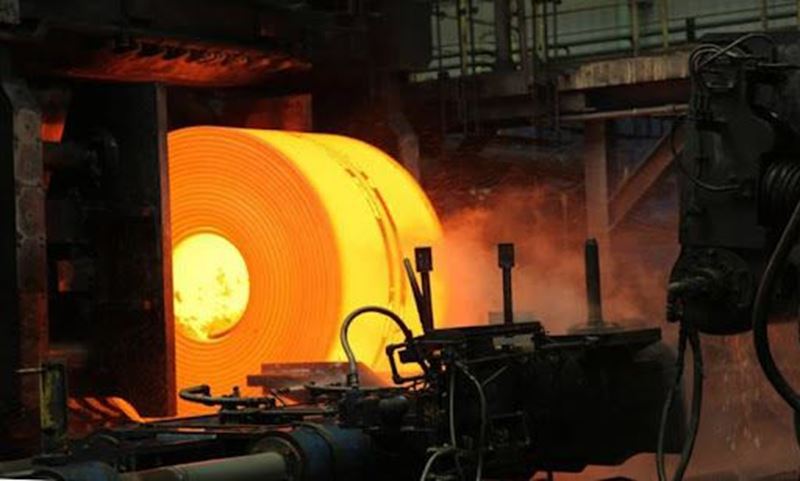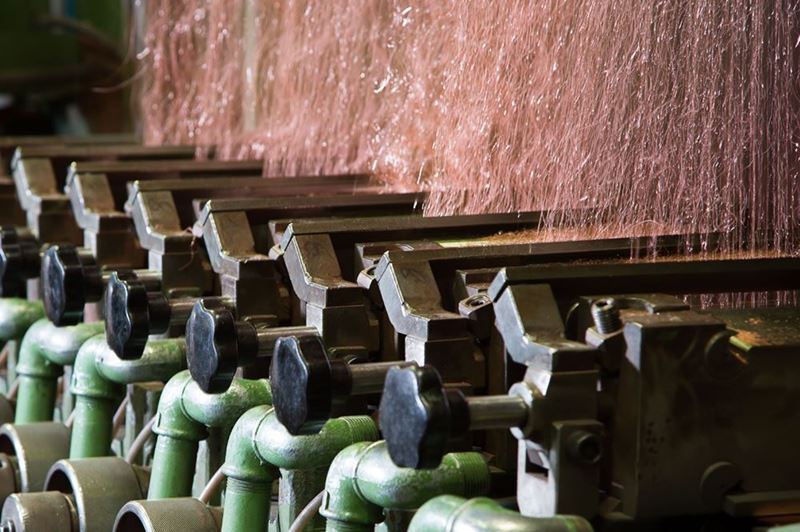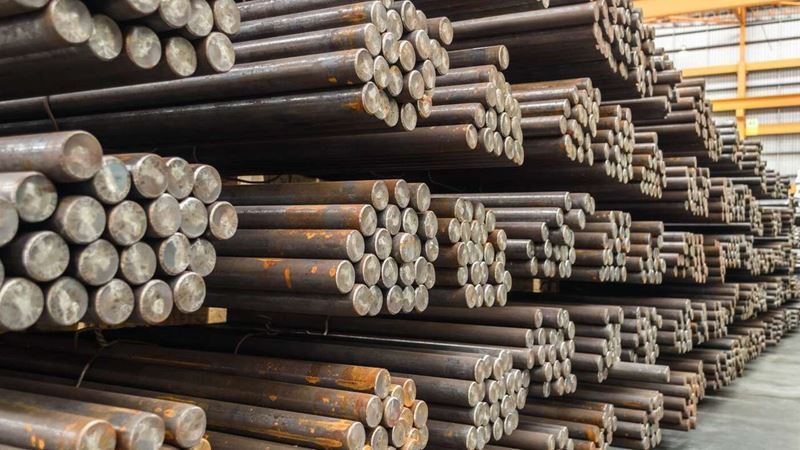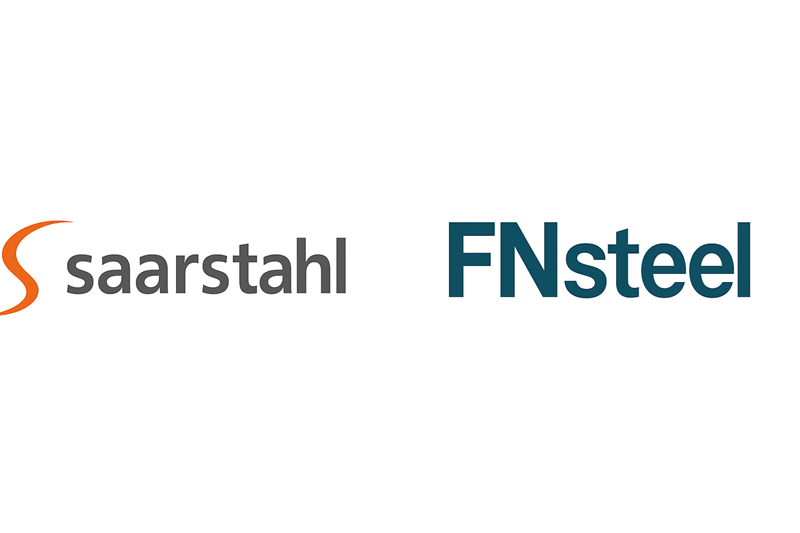According to the latest report published by the Organization for Economic Cooperation and Development (OECD), structural problems in the global steel industry are expected to deepen after 2025. The report predicts that global steel production capacity will expand by 6.7% to about 165 million tons between 2025 and 2027. While it is stated that 58% of the new capacity will originate from Asia, especially China and India, it is emphasized that 16% of the capacity increases will consist of cross-border investments and China will play a leading role in these investments.
The OECD reports that global steel demand will remain weak, which could push capacity utilization rates down to 70%. In 2021, steel prices, which peaked, fell to historic lows and profitability is reported to have fallen sharply.
Demand varies regionally
According to OECD assessments, the outlook for steel demand varies regionally. In 2024, strong demand was seen in many emerging economies, while China experienced a sharp contraction. The decline is also noteworthy in OECD countries. By 2030, global steel demand is expected to grow at an average annual rate of just 0.7%. Demand is expected to fall in China and remain stable in the OECD region, while ASEAN and the Middle East and North Africa (MENA) regions are expected to see strong demand growth.
Subsidies distort competition
Another noteworthy element of the report is that government subsidies distort global competition. It is stated that subsidies artificially increase steel production capacity in non-OECD countries, especially in China, MENA and ASEAN. Noting that China's subsidy rates are about ten times those of OECD countries, the report points out that low-interest loans, cheap energy, direct grants and tax advantages distort competition.
China's export surge sparks new trade measures
China's steel exports reached a record high of 118 million tons in 2024. This development triggered trade measures globally. During the year, 19 countries launched a total of 81 anti-dumping investigations, a five-fold increase compared to 2023 and close to the levels of the 2016 steel crisis. While 80% of the investigations were directed against Asian producers, China alone accounted for more than a third of the total.
The report also notes that some producers are re-exporting products by processing them in intermediate countries or trading products at different stages of the production chain to circumvent trade measures. According to the OECD analysis, diverted or suspect trade amounted to 21.5 million tons in the 2013-2020 period, accounting for 17.6% of total trade.
Limited progress in reducing emissions
Efforts to reduce carbon emissions in the steel industry are reportedly hampered by overcapacity and low profitability. More than 40% of the capacity coming online in 2025-2027 will still be produced with high-emission BF/BOF technology. In order to achieve decarbonization targets, it is stated that energy efficiency should be increased, new technologies should be disseminated and carbon capture and storage infrastructure should be developed.
While 52% of companies producing in electric arc furnaces aim to switch to hydrogen-based technologies, 74% of integrated plants are planning carbon capture investments. However, the viability of hydrogen-based technologies may be limited by the uneven distribution of quality raw materials and renewable energy sources.
Call for stronger cooperation
The OECD report predicts that low-priced steel exports from China are destabilizing global markets and trade tensions will persist. It calls for stronger international cooperation and data sharing to address structural mismatches between global capacity and demand. The OECD emphasizes that joint solutions to be developed with the participation of all major actors are critical for the future of the steel industry.









Comments
No comment yet.